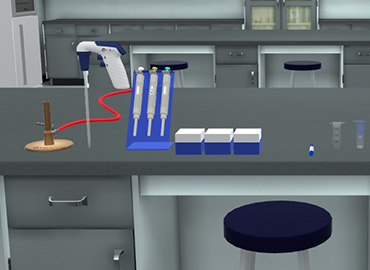





2.5M+
Active Users Worldwide
80%
Improved Learning Retention
60%
Reduction in Laboratory Costs
To isolate high-quality sequencing-grade plasmid DNA
SDS/Alkaline Lysis.
To apply the steps of high-quality plasmid DNA isolation.
Highly purified plasmid DNA from Escherichia coli is required to obtain reliable sequencing results through how to isolate plasmid DNA procedures.
This purification is based on the differential denaturation of chromosomal and plasmid DNA.
Lysis solution containing sodium dodecyl sulfate (SDS) and sodium hydroxide denatures both chromosomal and plasmid DNA in bacterial culture.
Neutralization with potassium acetate allows only plasmid DNA to reanneal and stay solubilized.
Most of the chromosomal DNA and proteins precipitate in a complex formed with potassium and SDS.
Cells are subjected to SDS/alkaline lysis, to break down the cell wall and extract DNA into the solution through plasmid DNA isolation.
The resulting lysate is neutralized and then centrifuged to pellet out cell debris and the SDS precipitate.
The lysate containing the plasmid DNA is applied to the spin column containing the silica membrane, upon which the plasmid DNA will bind.
After washing the silica membrane to remove any contaminants, the plasmid DNA is eluted in a small volume of buffer, and techniques such as how to concentrate DNA after miniprep can be applied if needed.
Proper plasmid DNA storage conditions must be maintained, with the appropriate plasmid DNA storage temperature being critical to preserve DNA quality.




